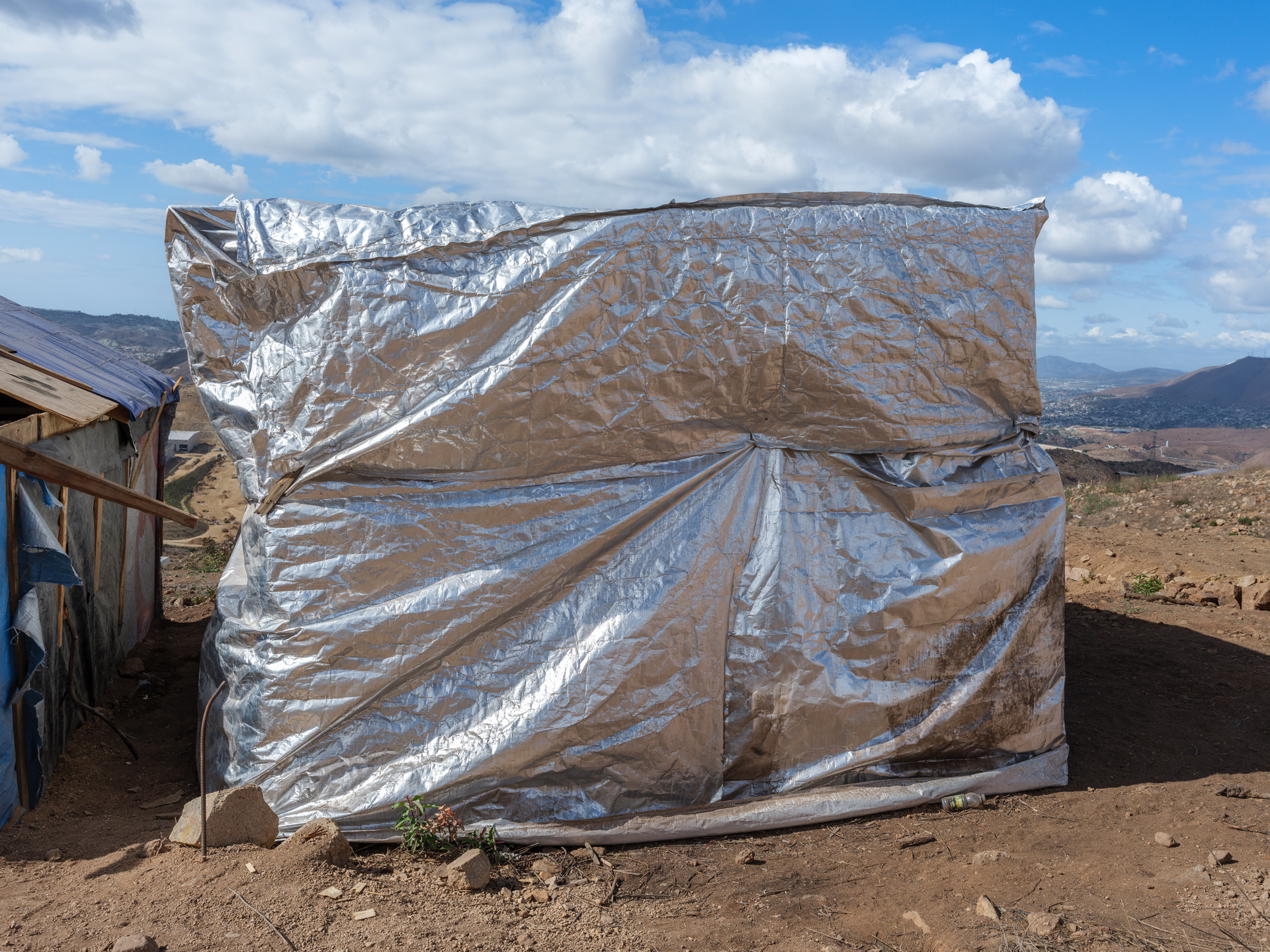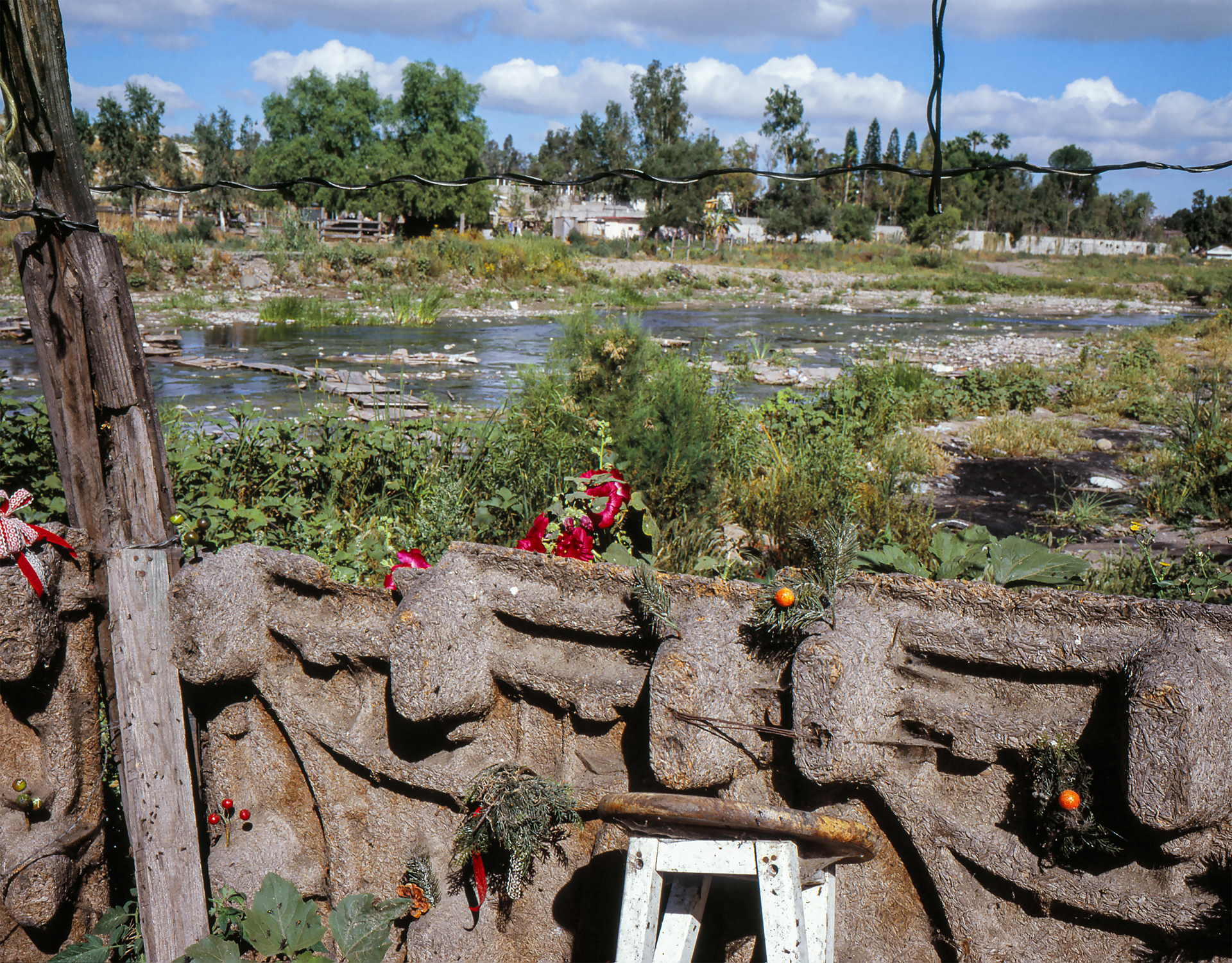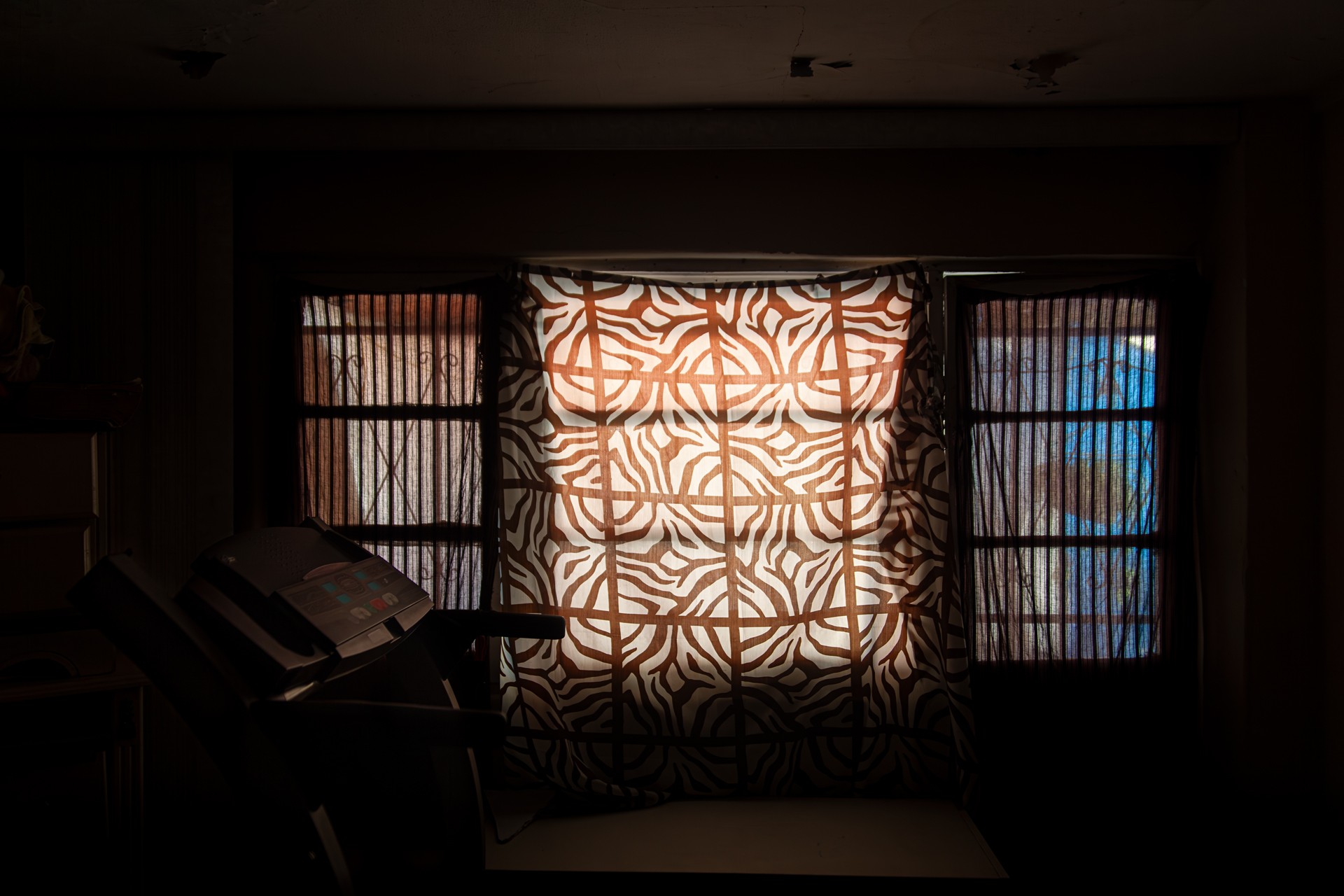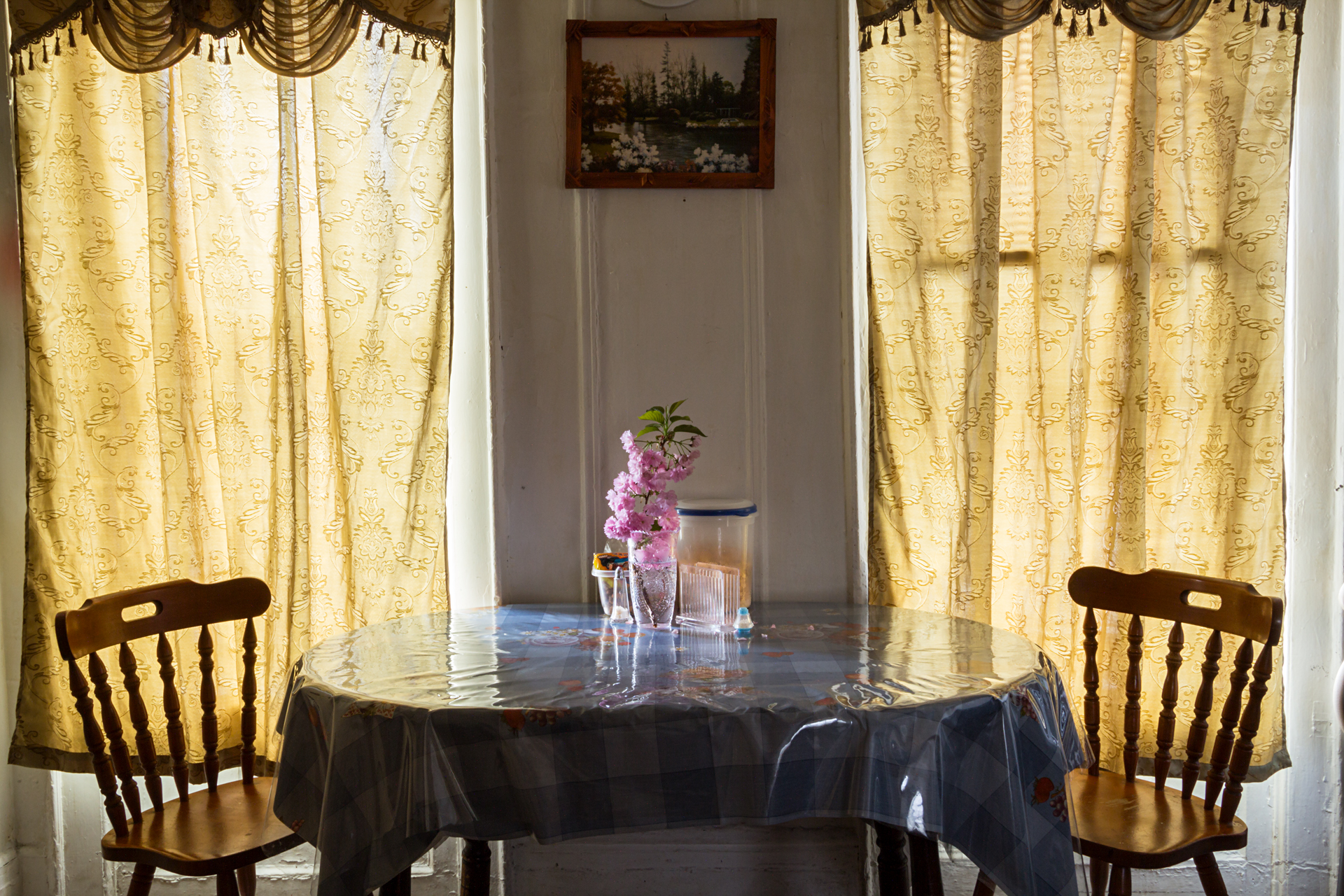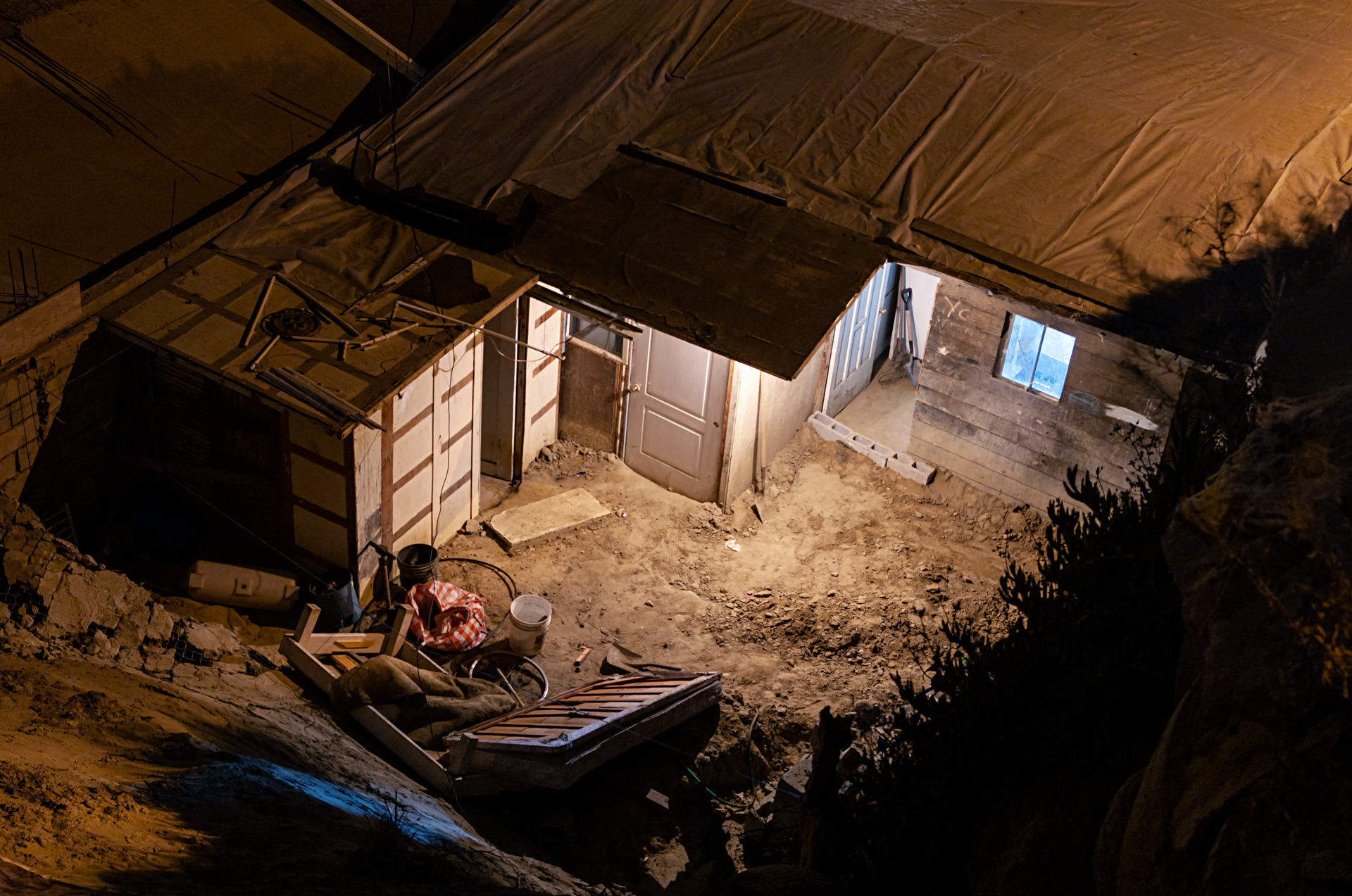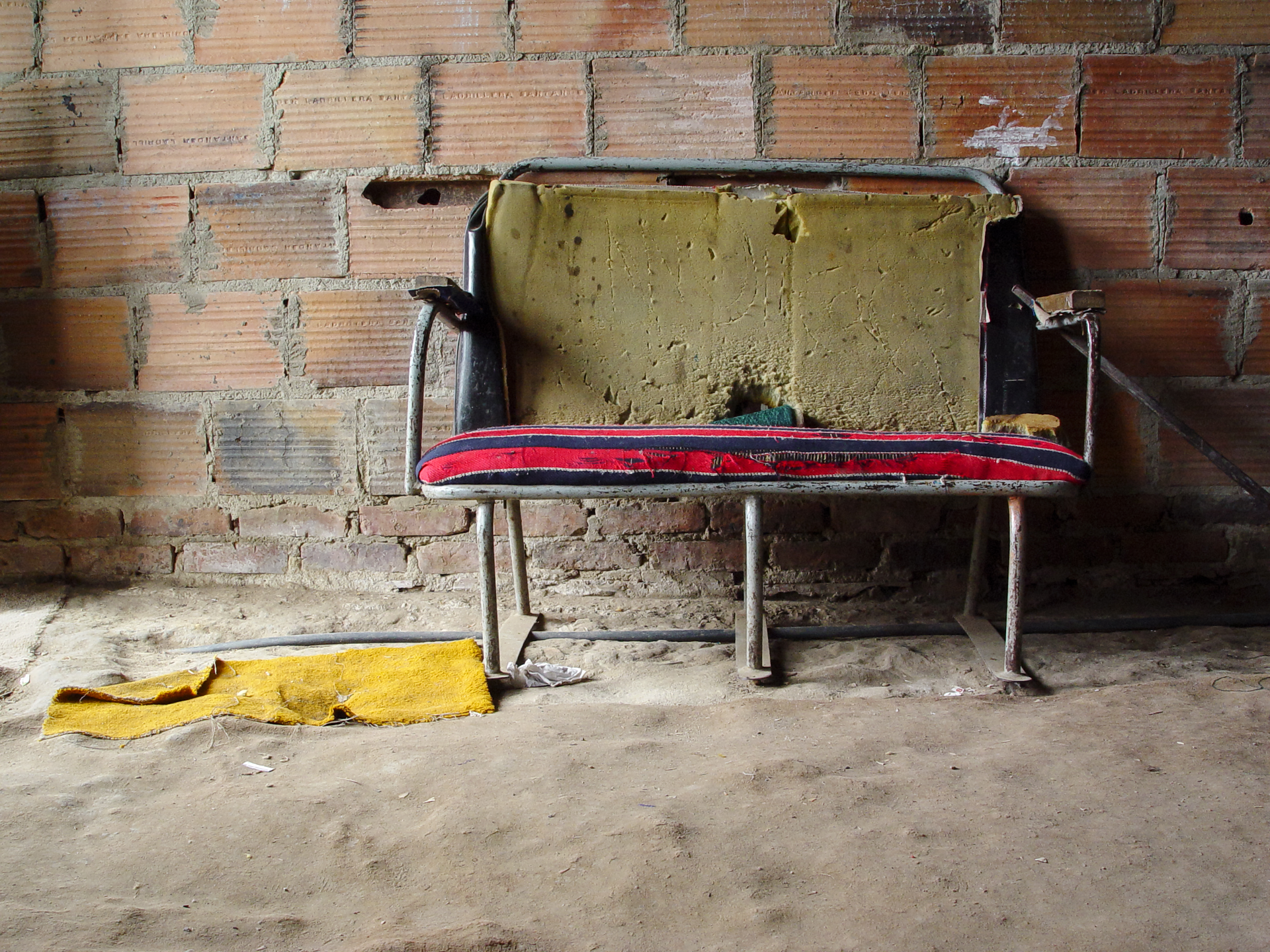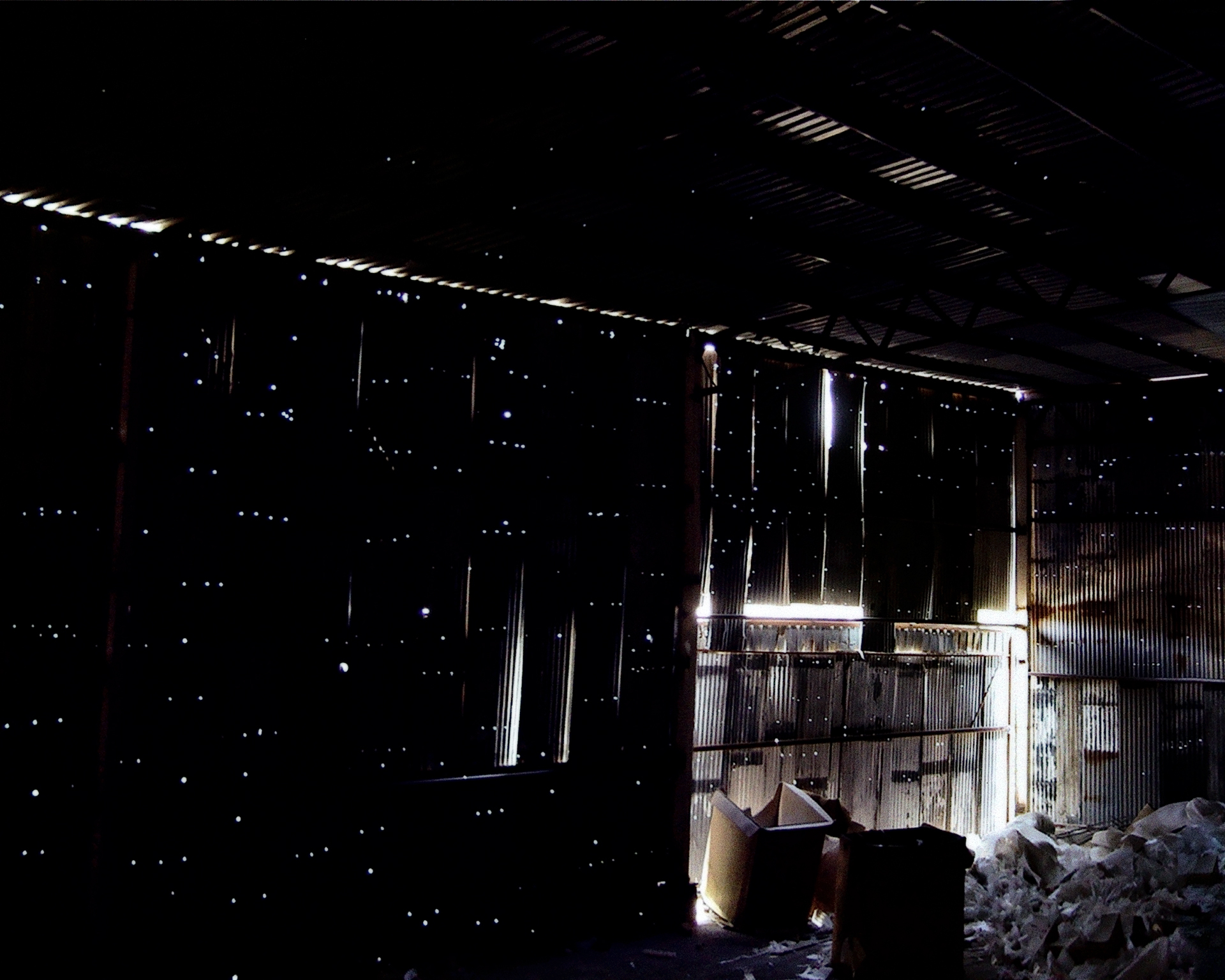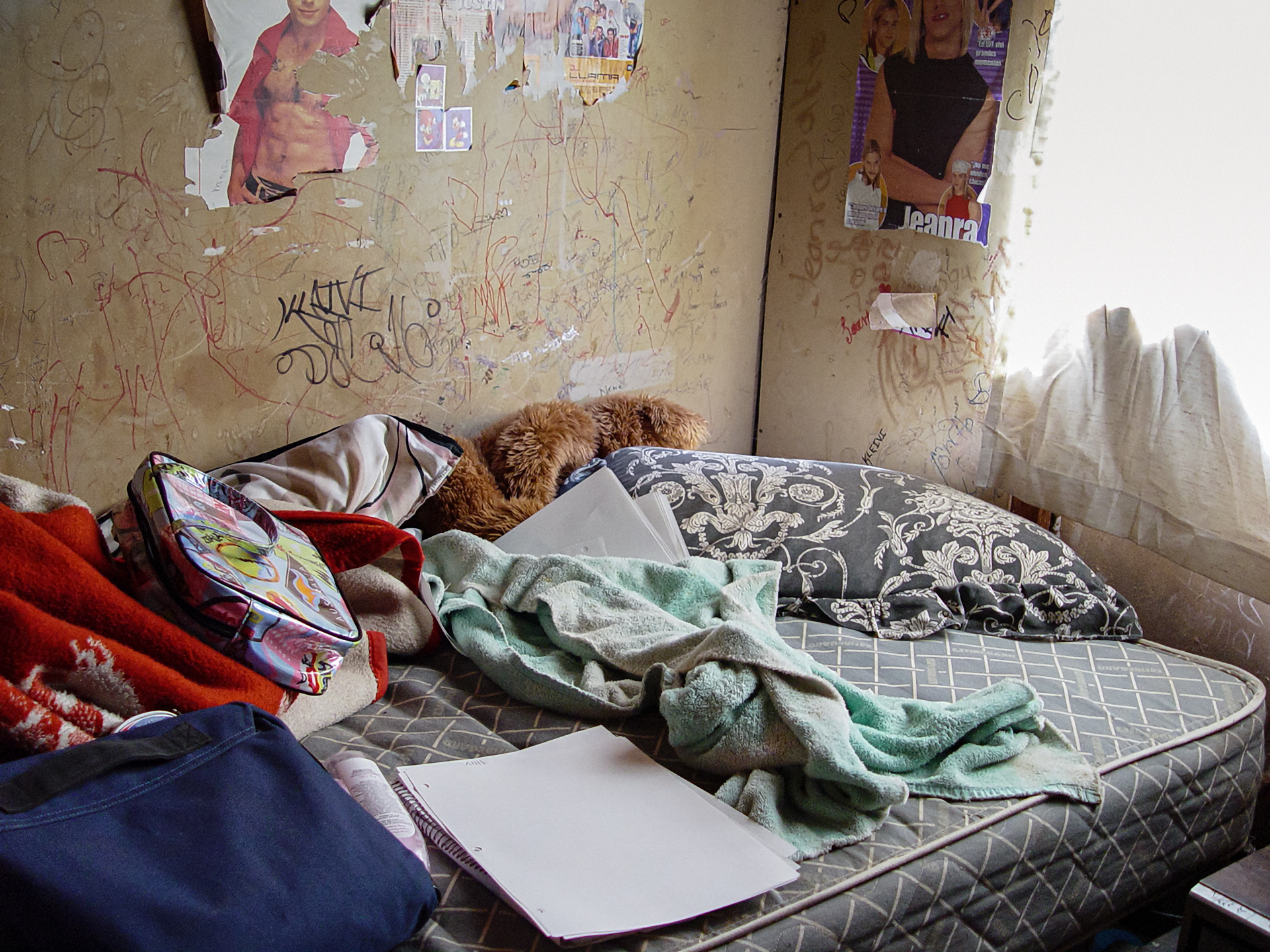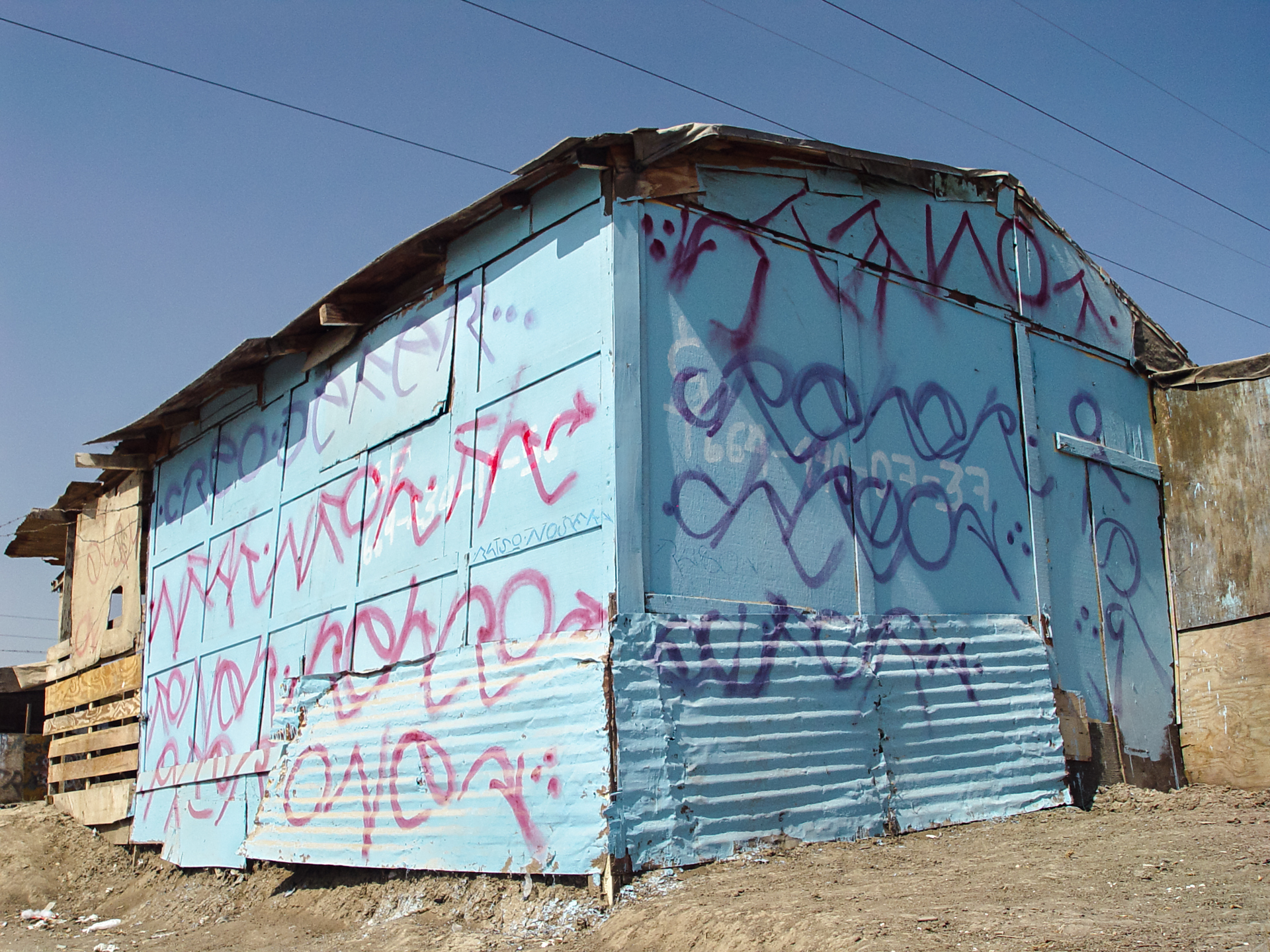Ingrid Hernández
Projects
Sedimentations (2022-2025)
Photography, Writing, Interviews, artist book.
This project emerges from a reflection developed over two decades of artistic practice in the neighborhoods and settlements autonomously constructed (informal settlements) of the city of Tijuana, Baja California, the place where I was born and have lived my entire life.
Transition (2009-2029)
Photography, Writing, Interviews.
In 2009, the residents of the autonomously constructed (informal settlement) Nueva Esperanza, the first place I photographed in Tijuana, successfully negotiated with the local government to relocate to a new plot of land.
Affective Landscapes (2018-2019)
Photography
Through Affective Landscapes, I turn my lens inward, delving into the interiors of my own family’s homes to uncover the connections, patterns, and shared experiences that resonate between the spaces I have photographed over the years and those that shape my family’s daily life.
Inside (2011)
Photography, Writing, Interviews.
Inside is a project in which I explore the spatial and cultural dimensions from domestic spaces of Mexican families in New York through the objects that shape their homes.
Indoor (2008-2009)
Photography
In this project, I am interested in representing manifestations of the intimate nature present in each of the choices that determine where to accommodate an object, how to group it, separate it, or privilege it within the home.
Made in home (2006)
Photography
This project emerges from the need to examine the strategies and materials employed in the construction of housing in contexts of population displacement, extending beyond the Mexico-United States border.
The swallow maquila, from the series deserted factory (2004)
Photography
In 2004, I visited Carmen’s home, a maquiladora worker featured in Maquilápolis, a documentary by Vicky Fanari and Sergio de la Torre. Carmen lives in La Gloria, a neighborhood located on the border between Tijuana and Rosarito, an area populated by numerous maquiladora industries that rely on the labor of local residents, primarily women.
Irregular (2004-2005)
Photography
Irregular was the first project in which I photographed the interior of a home. For two years, I walked the streets of the Nueva Esperanza settlement while working on Tijuana compressed (Tijuana Comprimida). Over time, my relationship with the community deepened, and photographing the interiors of their homes became a natural extension of this connection.
Tijuana Compressed (2002-2004)
Photography, Writing, Interviews, limited edition 20-page book object, Site-specific exhibition.
Tijuana Compressed explores Tijuana’s informal architecture through photography, examining settlements autonomously constructed by migrants.
Outdoor 2003-2004
Photography
Outdoor emerged from my observation of the material assemblages that shaped the homes in my neighborhood—dwellings constructed from disparate elements, each foreign to its original function.
STATEMENT
My family has been in Tijuana for three generations. My grandmother, Alicia, migrated to this northern border in the 1950s from Mexico City. I grew up in a small, undivided room filled with second-hand furniture. For 25 years, my family lived in a second-hand mobile home imported from the U.S., which had to be split in half to navigate the city streets and reach the plot of land where it now stands.
Today, I live with my daughter in a home that my mother constructed improvisationally, combining materials originally produced for other purposes: cardboard, tarps, plastics, industrial wood, and rocks. In my house, there is a room where each wall is made of different materials, or where rocks and blocks even form part of the same wall. The rooms have varying ceiling heights, uneven floors, and each room connects to the others through staggered steps. The use of materials and formal solutions were dictated by familial needs and financial possibilities. Due to being built under these circumstances, the house appears unfinished, in a perpetual state of construction—it is a kind of “under construction.”
My artistic practice has developed by working with people of backgrounds and circumstances different from my own, yet who have inhabited similar spaces. I am deeply interested in examining how layers of materials and construction strategies accumulate over time, and how this process replicates and manifests within the material landscape of the city.
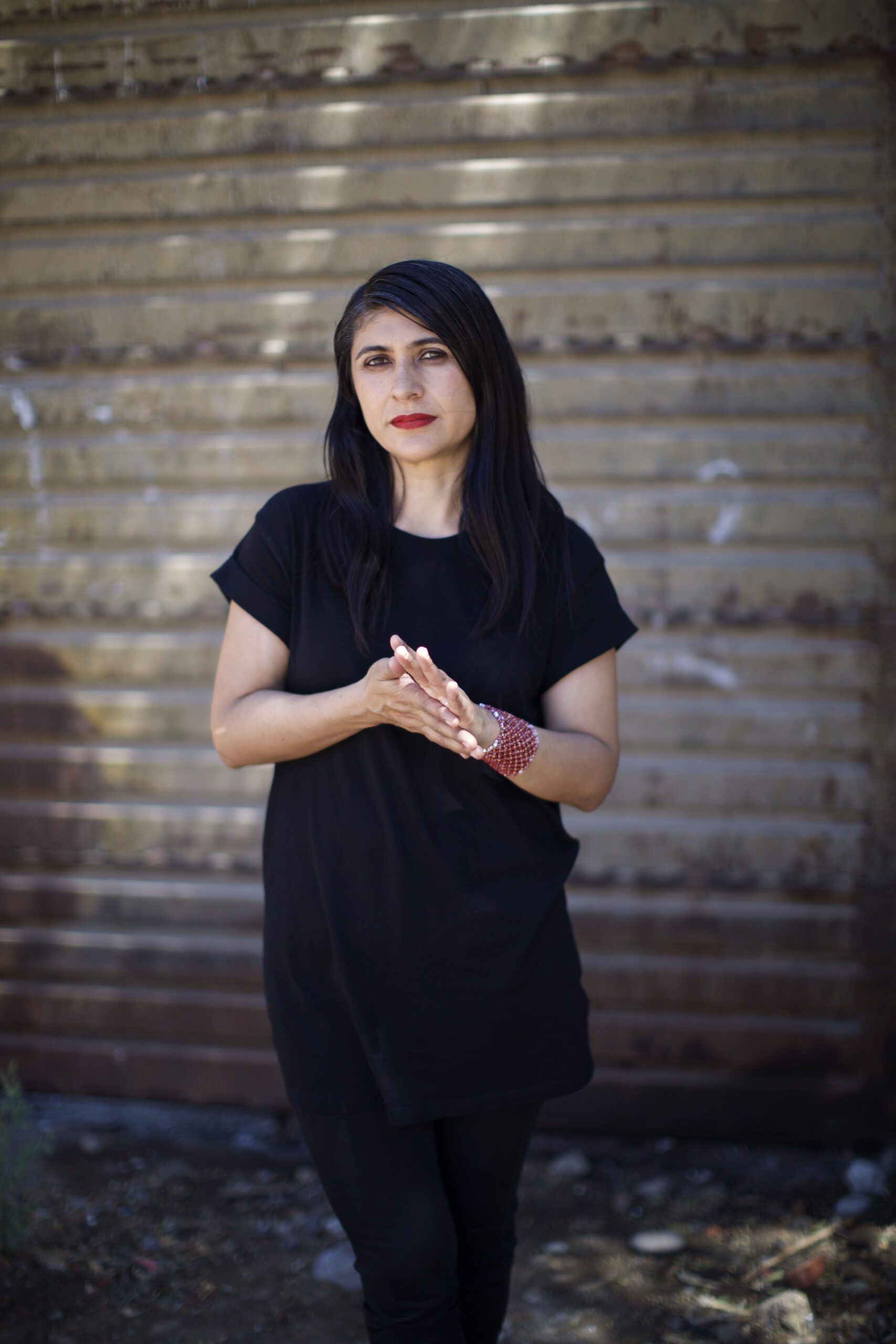
Image: Gustavo Graf
BIO
Ingrid Hernández (Tijuana, México) addresses urban shifts and transformation, focusing on the relationships between individuals and domestic spaces. Grounded in her training as a sociologist and visual artist, Hernández has focused her work in settlements autonomously constructed by migrants, deportees, and displaced people along the US-Mexico border, often utilizing materials discarded in the US and from maquiladoras on the Mexican side. Her artistic investigations find form as long term participative projects that include photography and engagement with collective memory, gathered through interviews. Recent awards and grants include the National System of Art Creators Grant (2022-2025), Acquisition prize. XIII Baja California Photography Biennial(2024), EFIARTES, Support for Investment Projects in Artistic Production (2024), among others. Her work has been exhibited in museums in Latin America, the US, and Europe; it was featured in The Matter of Photography: Experiments in Latin American Art Since the 60s, published by Stanford University Press. Irregular, a monograph of her work, was published by the Mexican Council of Arts and Culture. Hernández is co-founder of Relaciones Inesperadas, a space for the development of contemporary artistic practices and the fostering of critical dialogue in the arts, within a pedagogical context, established in Tijuana.
Location
Tijuana, B.C.
